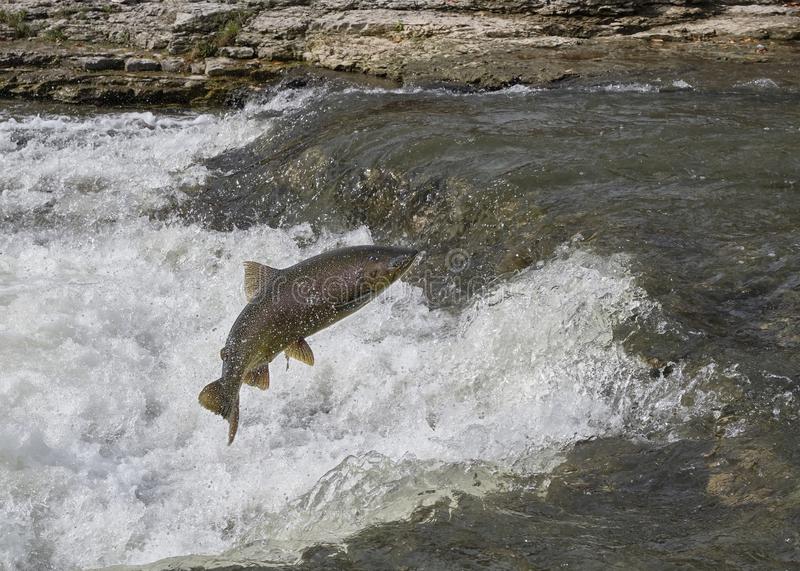| Categories: |
|---|
Estimated reading time: 2 minutes
Dissolved metals such as copper, cadmium, and zinc can be toxic to aquatic life, particularly fish. The current tool used to estimate site-specific water quality criteria for a metal is the biotic ligand model (BLM). The BLM intends to quantify how water chemistry affects chemical speciation and biological availability of metals in aquatic ecosystems. This is important because bioavailability and bioreactivity of metals control their potential for acute or chronic harm. A BLM incorporates aquatic chemistry, fish physiology, and ecotoxicology but not ecology.
The biotic ligand model includes numeric submodels that also require assumptions or estimates of missing values, rate constants, and coefficients that have not been measured in natural aquatic ecosystems or are so variable that an estimate is used in the model. This makes model outcomes subjective and not objective.
The toxicological values used in a BLM come from static (sometimes flow-through) survival bioassays in a laboratory. The limitation of laboratory bioassays is that contaminant exposures and resultant ecological impacts in natural environments are significantly more complicated. Natural ecosystems involve mixtures of exacerbating and mitigating chemical influences and complex physical, chemical and biological community structures. Extrapolation of laboratory-derived results to an actual water body is a significant source of uncertainty in predicting ecological effects of metal contamination.
There are alternative analyses of toxic metals and aquatic life that produce objective results that are technically sound and legally defensible. Make use of them to avoid (and resolve) environmental issues.
This work was originally published on the Applied Ecosystem Services, LLC web site at https://www.appl-ecosys.com/blog/metals-and-aquatic-life/
It is offered under the terms of the Creative Commons Attribution-NonCommercial-NoDerivatives 4.0 International license. In short, you may copy and redistribute the material in any medium or format as long as you credit Dr. Richard Shepard as the author. You may not use the material for commercial purposes, and you may not distribute modified versions.


